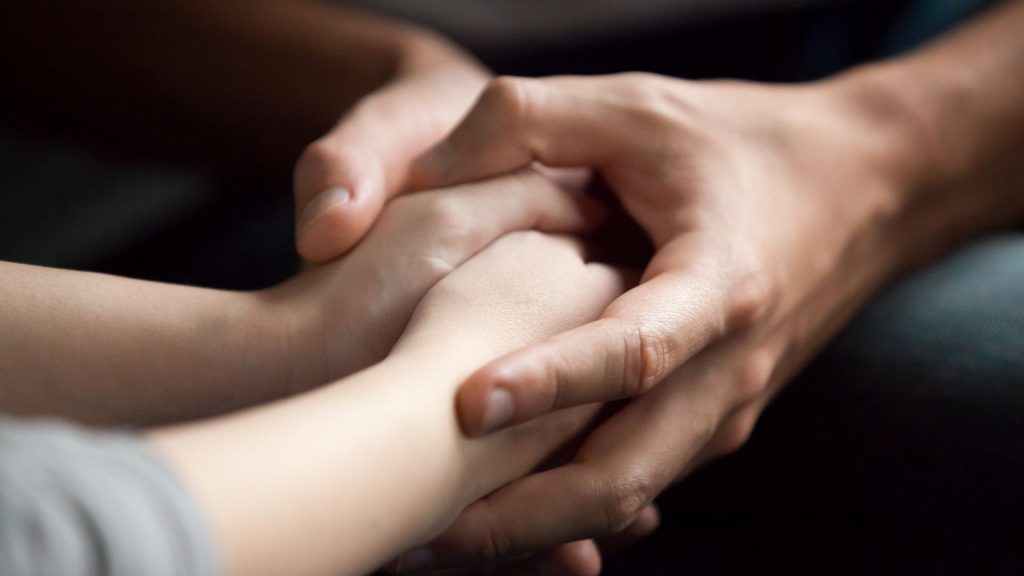Taking care of our inner child

A client of mine suffers from shopaholism and cannot control her impulsive buying even after being in debts for a sustained period of time. She went shopping nearly everyday at lunch time and frequently surfed onlineshops for new released clothes, handbags or shoes. She needed to buy something each time she was in a shopping mall. In fact, she bought clothes in same style in different colors. She obsessively checked new stocks from a number of onlineshops she fancied at everyday and would go to the physical stores to try and buy as soon as possible. Her shopaholism seriously affected her financial condition and relationship with her boyfriend. She was in debts and cannot save any money for the preparation of her wedding. How come she could not stop her obsessive buying even she actually realised her shopaholism is a serious problem?
One of the possible reasons for her inability to reduce her impulsive buying is that she viewed herself as having a single mind. That is, she identified herself as a person with shopaholism as a whole and thought she is defective and a failure. As a result, she tried very hard to get rid of her shopaholism by restricting her life when she determined to stop it. However, the more she tried to use some concrete strategies to stop her shopaholism, the more frequent her urge arose. She might be able to stop herself from impulsive shopping for a short period, but the obsessive behavior relapsed repeatedly. In the end, she gave up trying and thought she was a complete failure.
If this client tried to get in touch with her inner world, she might be able to find out that there are other parts inside her that did not enjoy impulsive buying or even wanted to save more money for her future. In fact, her shopaholism might be a manifestation of a part of her that served to cope with her in-depth issues in a maladaptive way. With thorough exploration, this client realised that her shopaholism might be related to her lack of connection with her family members and her friends. She was never being approved by her parents throughout her childhood and adolescence. She was also being bullied by her classmates in high school. In fact, her inner child’s needs for approval, love and connection are not being fulfilled throughout her life. With her needs being unfulfilled, she became addicted to buying clothes, handbags and shoes in order to seek approval from others through investing in her physical appearance. In this sense, her shopaholism is one part of her inner child trying very hard to fulfill her unmet needs.
With mindfulness and self-compassion, this client needs to get in touch with this inner child part of her. She needs to have a loving and caring attitude when trying to face this part of her. By not being critical to oneself and strictly prohibiting oneself for buying, she gradually perceives herself in a new way. She learns to take care of this part of the inner child by reconnecting with others in her life. For example, she resumes social gatherings with her friends and reconnects with her family members. She also undergoes psychotherapy to deal with her past trauma in her childhood and adolescence. She accepts this inner child part, the shopaholism part, of her more and paradoxically she is able to control her impulsive buying more.
Everyone one of us has our inner child parts that we need to be aware of and take care of. If we could accept our issues more, it is more likely that we can deal with our core issues more effectively. As a result, we embrace our true self even more.



